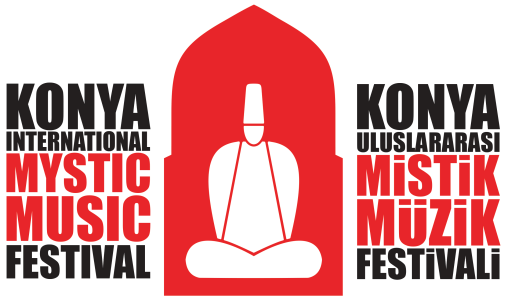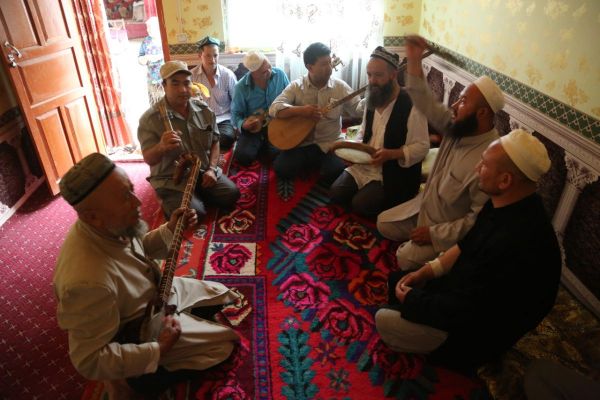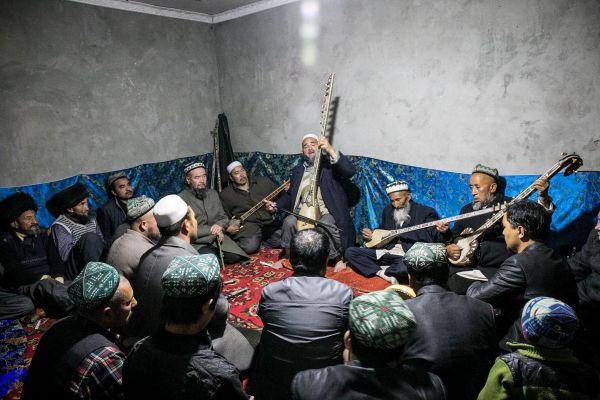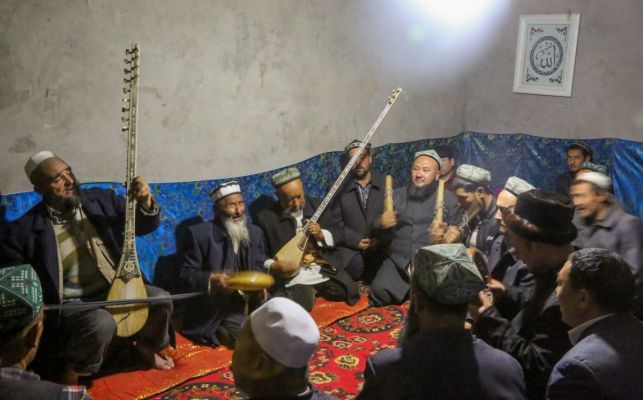The Islamıc Soundscape of Khotan
Khotan is situated on the southern edge of the Taklamakan Desert. It is an area still dominated by Uyghurs. Compared to other areas in Xinjiang, Khotan is more difficult to reach and less visited by tourists, which helps to preserve its traditions.
The Islamic soundscape of Khotan includes daily salat prayers, Quranic recitation heard in the home and in the mosque, the azan call to prayer, the “helqe-sohbet” ritual, songs of the ashiq Sufi dervishes, as well as Islamic-themed music performed at various occasions such as meshrep social gatherings. Khotan has a big concentration of mazars (shrines of Islamic saints), which are venues of pilgrimage and often accommodate religious rituals and music.
Dastan
The Khotan area, especially Qaraqash County, has a rich tradition of sung story-telling called dastan. The dastan of Imami Huseynim is often sung when people worship at the mazar. It tells the story of the death of the third Shia Imam Husayn ibn Ali. This is performed by Ubulhesen Memet, who makes his living mostly by performing in the local bazaars.
Meshrep
Meshrep is a kind of social gathering organized by host families to entertain guests with food and music. The term also refers to a musical repertoire: the concluding section of the Twelve Muqam, which mainly consist of songs sung by the ashiq. It is also the name of the wandering dervish and poet Mashrab, whose poetry is prominent in the meshrep sections of the Muqam. He is especially popular in this region, and his poetry mentions Khotan more than any other place where he lived.
Helqe-sohbet
One of the most important parts of the Islamic soundscapes of Khotan is probably the “helqe-sohbet” ritual. Literally meaning circling and talking, it involves chanting God’s names (zikr), singing, instrument playing, dancing, ritualized crying, and altered states of consciousness. Helqe-sohbet is a uniquely local expression of the Sufi tradition of samā. In Khotan, it is a regular activity among pious locals. Although such gatherings are currently banned in public spaces, helqe-sohbet still take place in private homes, and are sometimes combined with a meshrep.
The musical elements of helqe-sohbet may include hikmet (“pieces of wisdom”) lyrics attributed to the 12th century Sufi saint Yasawi; meshrep songs; and dastan epic songs about Islamic saints. In the zikr part, people practice rhythmic breathing and a circling dance, which can lead them into a state of trance. The instrument called the "sapaya" probably helps to induce a state of trance; it is loud, and is played very close to the ears.
Muqam
The Twelve Muqam as is known now is a musical canon that represents the Uyghur nation, usually performed by large ensembles of professional musicians. However, muqam used to be, and still are, local traditions passed down from master to apprentice, and they are heavily influenced by Sufism.
Meddah
A meddah is a person who propagates Islamic values through singing and storytelling. Some have no home of his own, nor a phone, and in some ways they are like ashiq wandering dervish. They usually perform religious stories in the bazaars.
Text by Mu Qian




